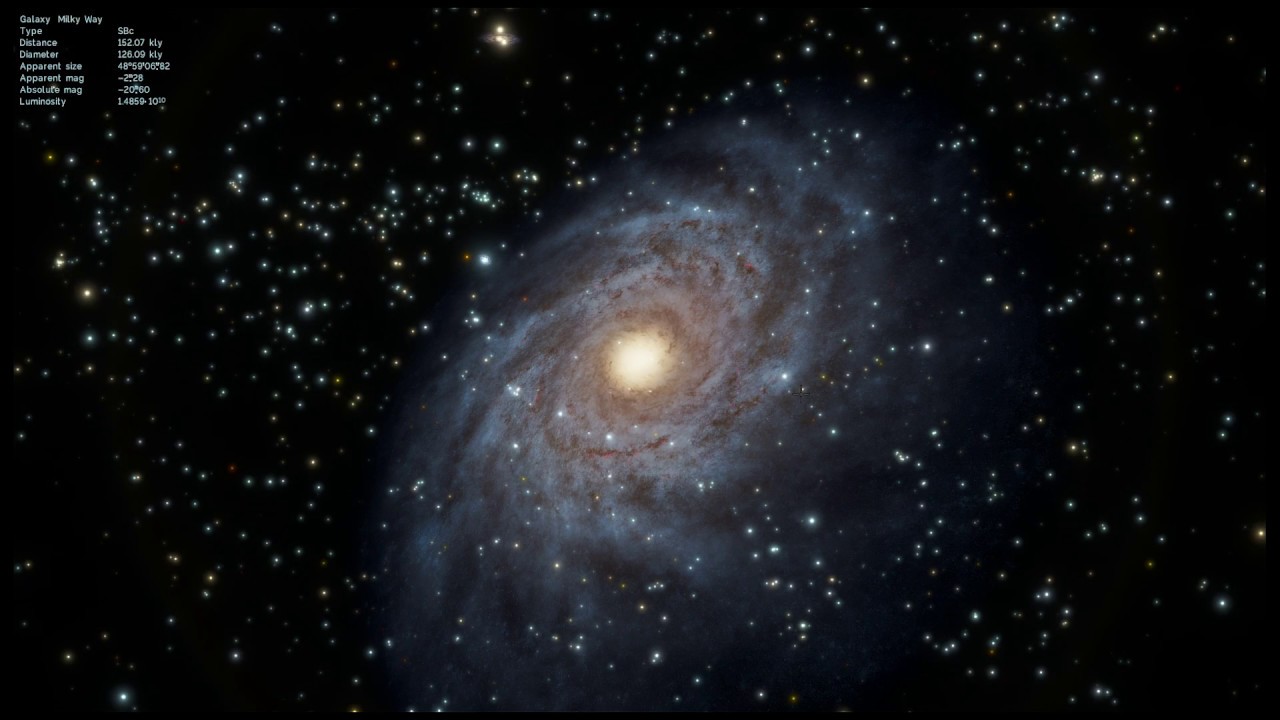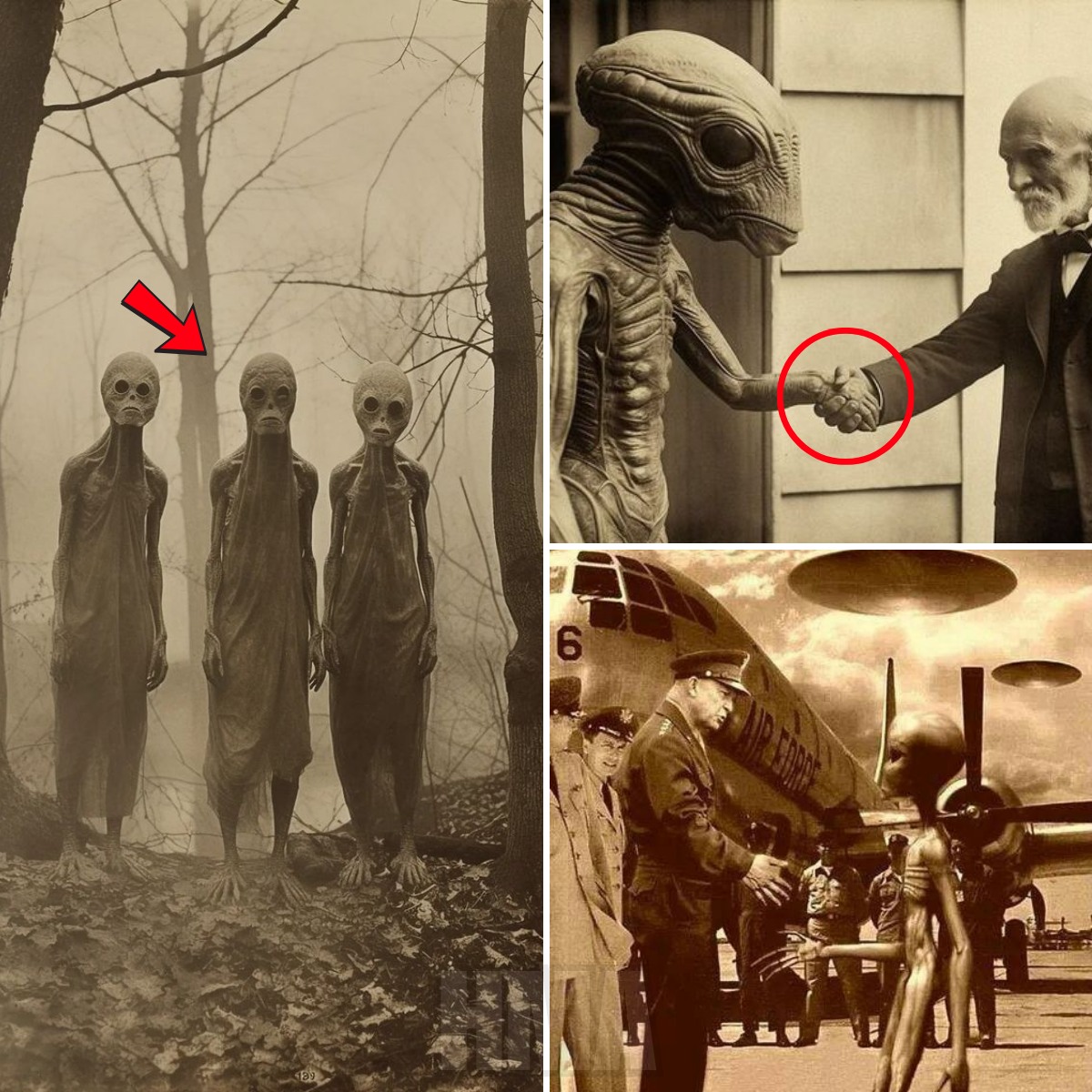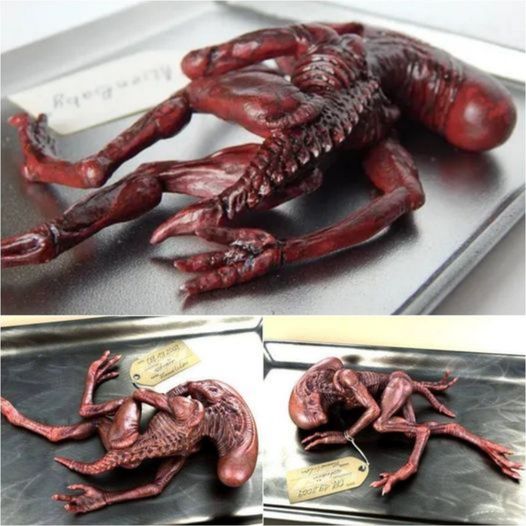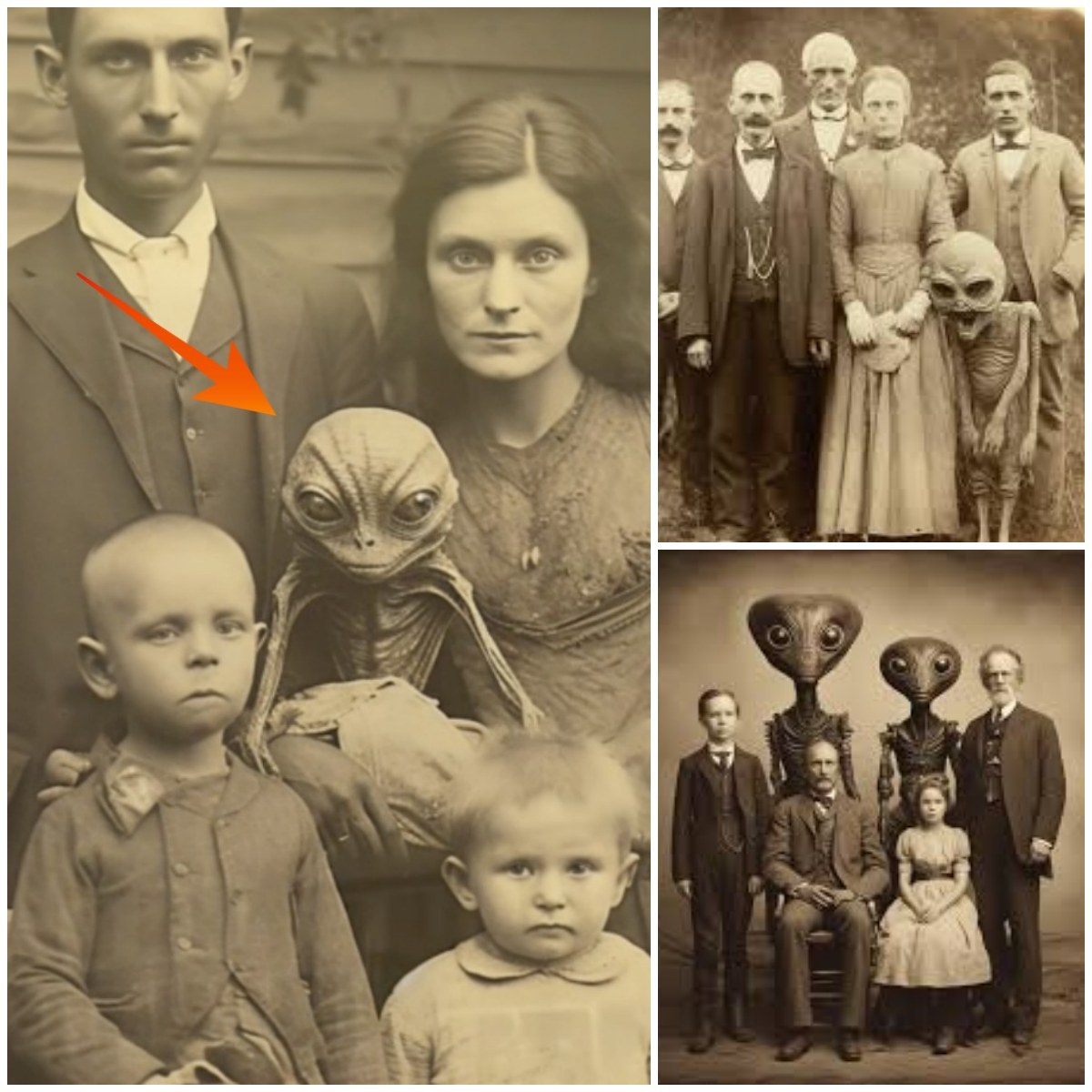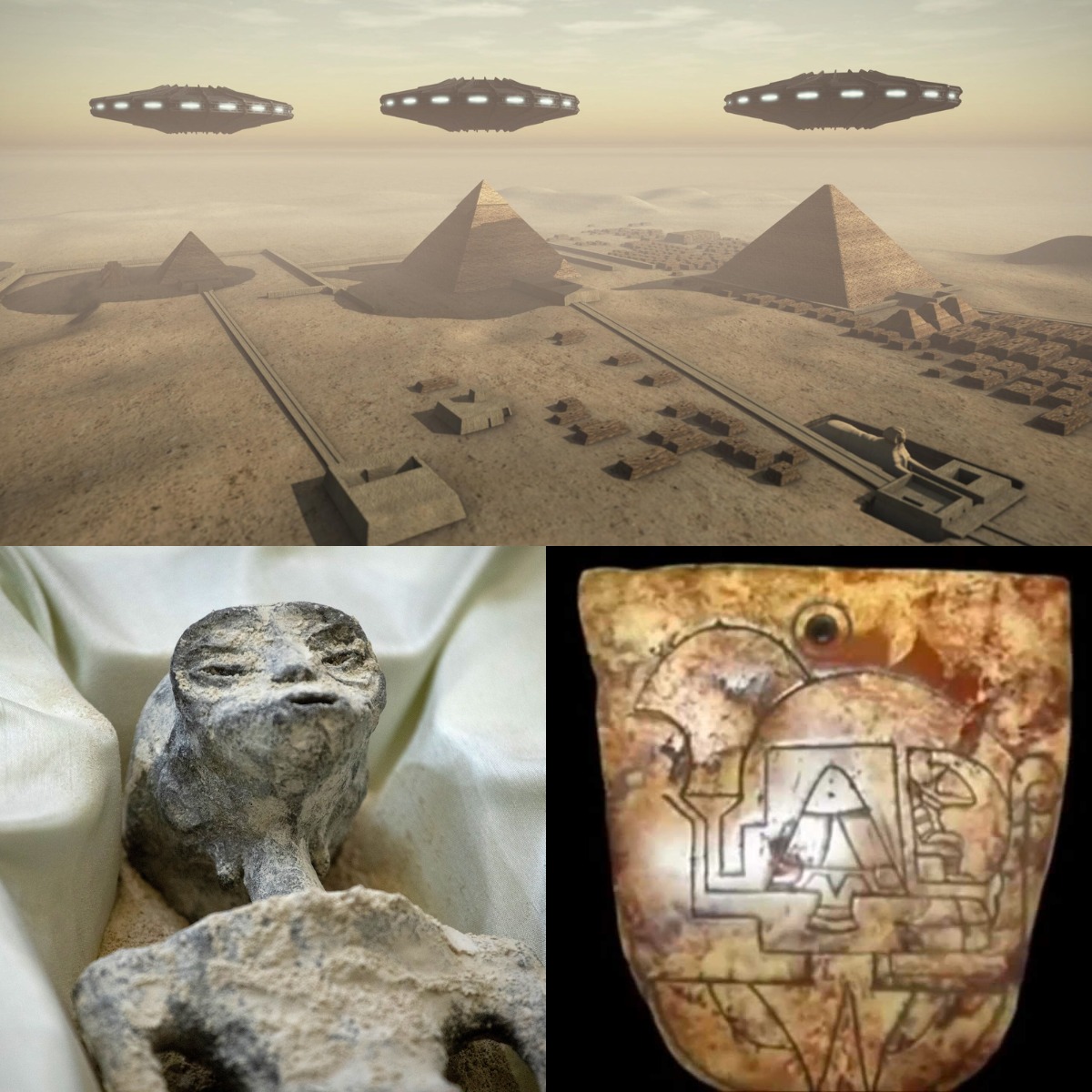Our understanding of galaxies is rooted in the fact that we can see so many of them. Some, such as the Andromeda and Pinwheel galaxies are fairly close, and others are more distant, but all of them give a unique view. Because of this, we can see how the various types of galaxies appear from different points of view, from face-on to edge-on and all angles in between. But there is one galaxy that’s a bit harder to map out, and that’s our own. Because we are in the galactic plane of the Milky Way, it can be difficult to create an accurate bird’s-eye view of our home galaxy. That’s where a recent study in Nature Astronomy comes in.
For this study, the team wanted to answer the question of what our galaxy would look like when seen from other galaxies. Particularly, what would our chemical spectrum look like? Starting with data from the Apache Point Observatory Galactic Evolution Experiment (APOGEE) survey, the team pulled in other data sources to map out things like stellar age and metallicity throughout the Milky Way. Since our view is limited in some regions of the galaxy, the team extrapolated from what we know of the local galactic regions.
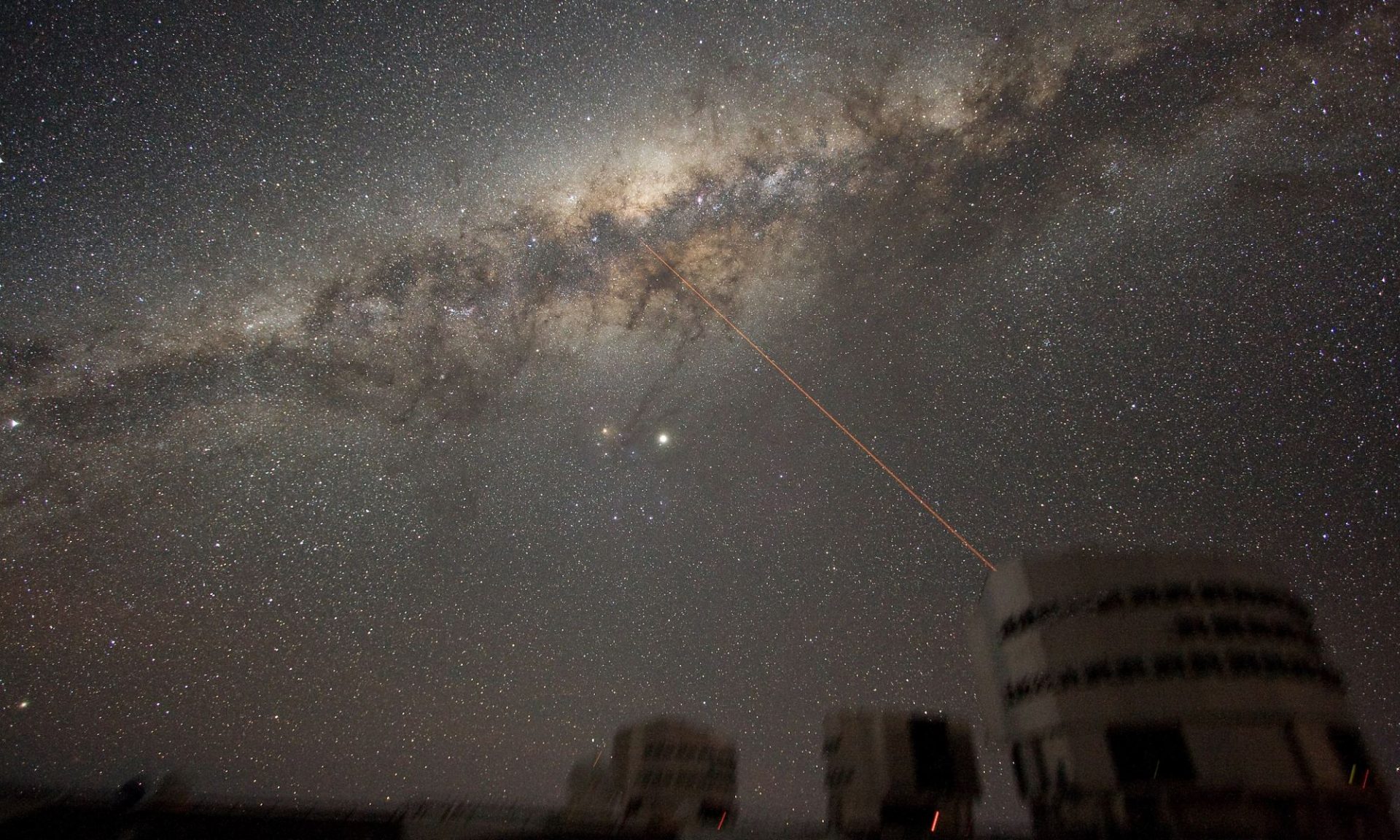
A view of the Milky Way from Paranal, Chile. Credit: ESO/Y. Beletsky
One of the things they discovered is that there is a belt of high metalicity within our galaxy. Like all galaxies, the Milky Way mostly contains hydrogen and helium, but there are traces of other elements (what astronomers call metals) throughout the galaxy. Toward the center of the galaxy, the metallicity is fairly low, but as you move outward from the center the metallicity increase, peaking at around 23,000 light-years from the center. Our Sun is about 26,000 light-years from the center and is in this high metallicity region. Moving further outward, the metallicity drops again. Metallicity inversely correlates with stellar age, so this means the youngest stars of the galaxy are in the middle region. This metallicity signature would be very clear to astronomers in other galaxies.
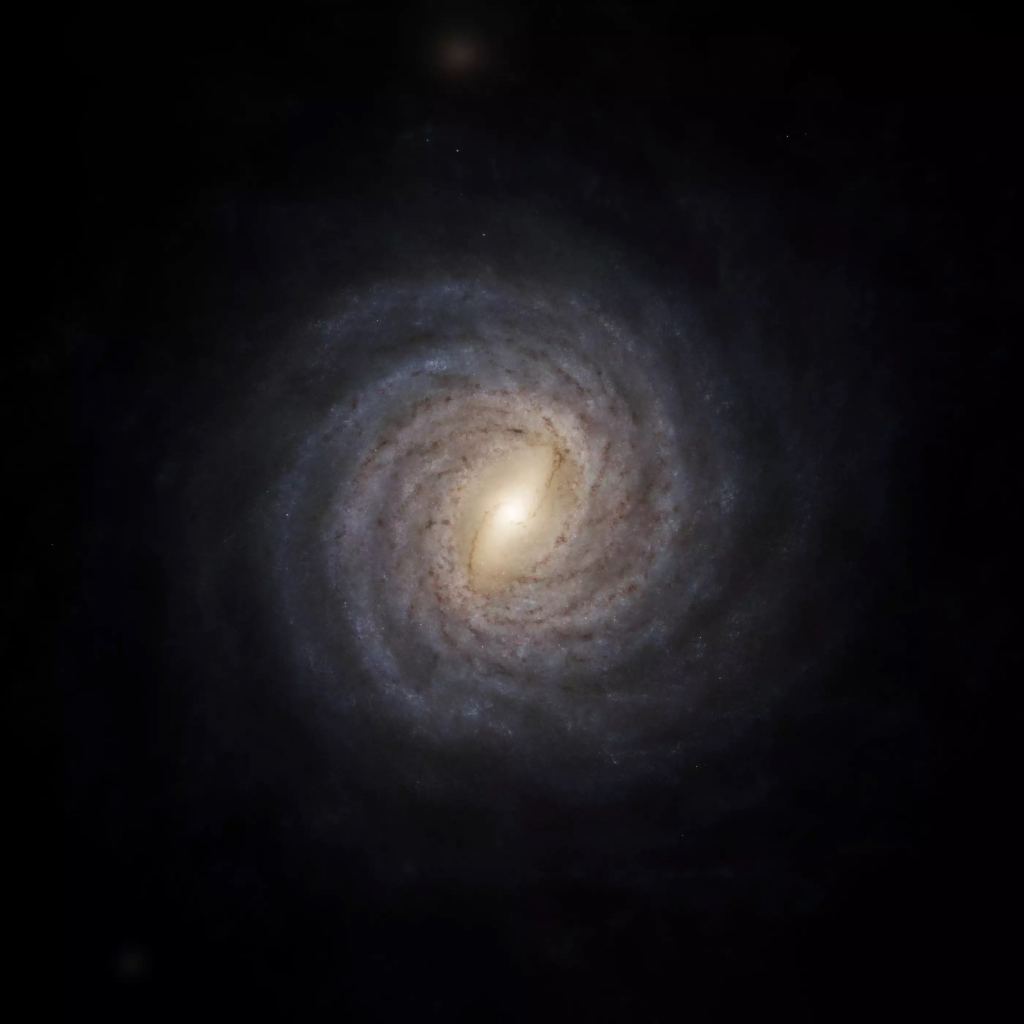
How the Milky Way might appear from face-on. Credit: Stefan Payne-Wardenaar
It might seem silly to study how aliens would see our galaxy, but the real goal of this study was to be able to compare how our galaxy stacks up to others. Is the Milky Way unusual, or pretty typical? The team used the Mapping Nearby Galaxies at APO (MaNGA) survey to compare the Milky Way to 321 other galaxies. These galaxies are all face-on from our perspective and have a similar mass and star-formation rate as the Milky Way. They found that about 1% of these galaxies had a similar high-metallicity ring, so our galaxy is fairly unusual in this respect.
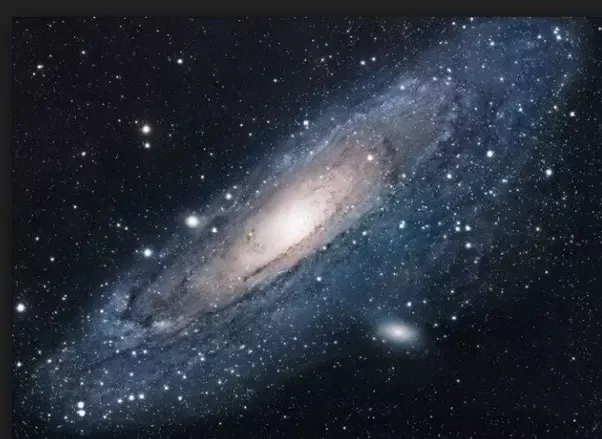
The unanswered question is why this might be. One idea is that the metallicity region was triggered by a collision between the Milky Way and another galaxy. There is evidence that our galaxy collided with a large dwarf galaxy about 6 to 10 billion years ago, and this could have triggered a burst of star production. Given that about 1% of galaxies are similar to the Milky Way, this is similar to the fraction of galaxies that likely collided several billion years ago.
